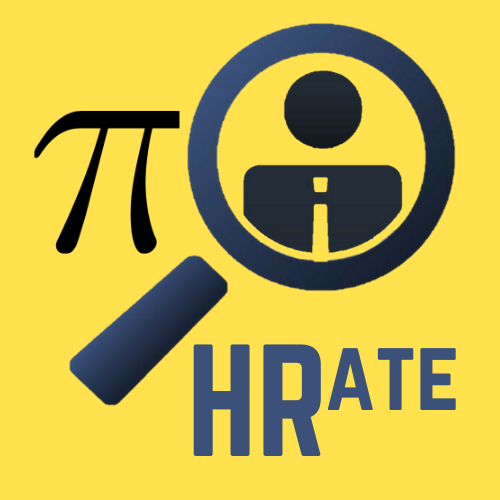Workforce Planning is the strategic process of analyzing an organization’s current and future staffing needs and developing plans to meet those needs effectively. It involves aligning the workforce with the overall business strategy, ensuring that the right talent is in place to achieve organizational objectives. Workforce planning encompasses various elements, including assessing skills, forecasting demand, addressing skill gaps, and implementing strategies for recruitment, retention, and development.
Key Components:
- Demand Forecasting:
- Workforce planning starts with forecasting the demand for talent based on organizational goals, growth projections, and changes in business dynamics.
- Skills Assessment:
- Evaluating the current skills and competencies of the existing workforce to identify strengths, weaknesses, and areas for development.
- Gap Analysis:
- Conducting a gap analysis to identify disparities between the skills needed for future roles and the skills currently available within the organization.
- Succession Planning:
- Identifying and developing potential successors for key roles within the organization to ensure a smooth transition in case of promotions, retirements, or departures.
- Recruitment Strategies:
- Developing effective recruitment strategies to attract and acquire the talent needed to fill current and future roles, taking into account both internal and external sources.
- Retention Strategies:
- Implementing retention initiatives to retain critical talent, especially in roles crucial for the organization’s success, and addressing factors that may contribute to turnover.
- Training and Development:
- Planning and providing training and development programs to upskill existing employees and prepare them for future roles, reducing reliance on external hires.
- Flexible Workforce Models:
- Exploring flexible workforce models, such as contingent workers, freelancers, or part-time employees, to adapt to changing business needs and optimize resource allocation.
- Scenario Planning:
- Considering various scenarios and contingencies that may impact workforce requirements, such as economic changes, industry trends, or technological advancements.
- Data Analytics:
- Leveraging workforce analytics and data-driven insights to make informed decisions about talent management, resource allocation, and strategic workforce planning.
Benefits:
- Strategic Alignment:
- Workforce planning ensures that the composition of the workforce aligns with the strategic goals and objectives of the organization.
- Talent Optimization:
- By identifying and addressing skill gaps, organizations can optimize their talent pool, ensuring that employees have the right skills for current and future roles.
- Cost Efficiency:
- Strategic workforce planning helps in optimizing costs by avoiding unnecessary hiring or reducing turnover costs through effective retention strategies.
- Agility and Adaptability:
- Organizations with robust workforce planning are more agile and adaptable, capable of responding to changing business environments and emerging opportunities.
- Succession Readiness:
- Succession planning as part of workforce planning ensures that there are individuals ready to step into critical roles, reducing disruptions and ensuring continuity.
- Competitive Advantage:
- Proactive workforce planning provides a competitive advantage by anticipating talent needs and staying ahead of industry trends, ensuring a skilled and capable workforce.
Workforce planning is a critical aspect of strategic human resource management, allowing organizations to proactively manage their talent pipeline, align workforce strategies with business goals, and position themselves for long-term success.



